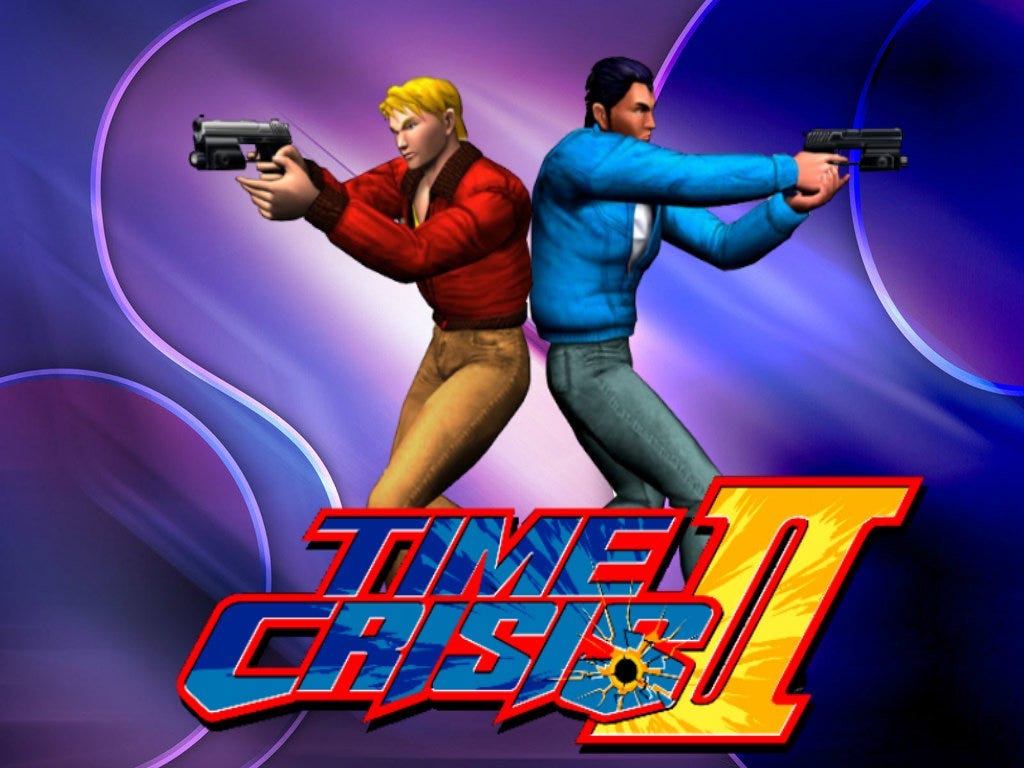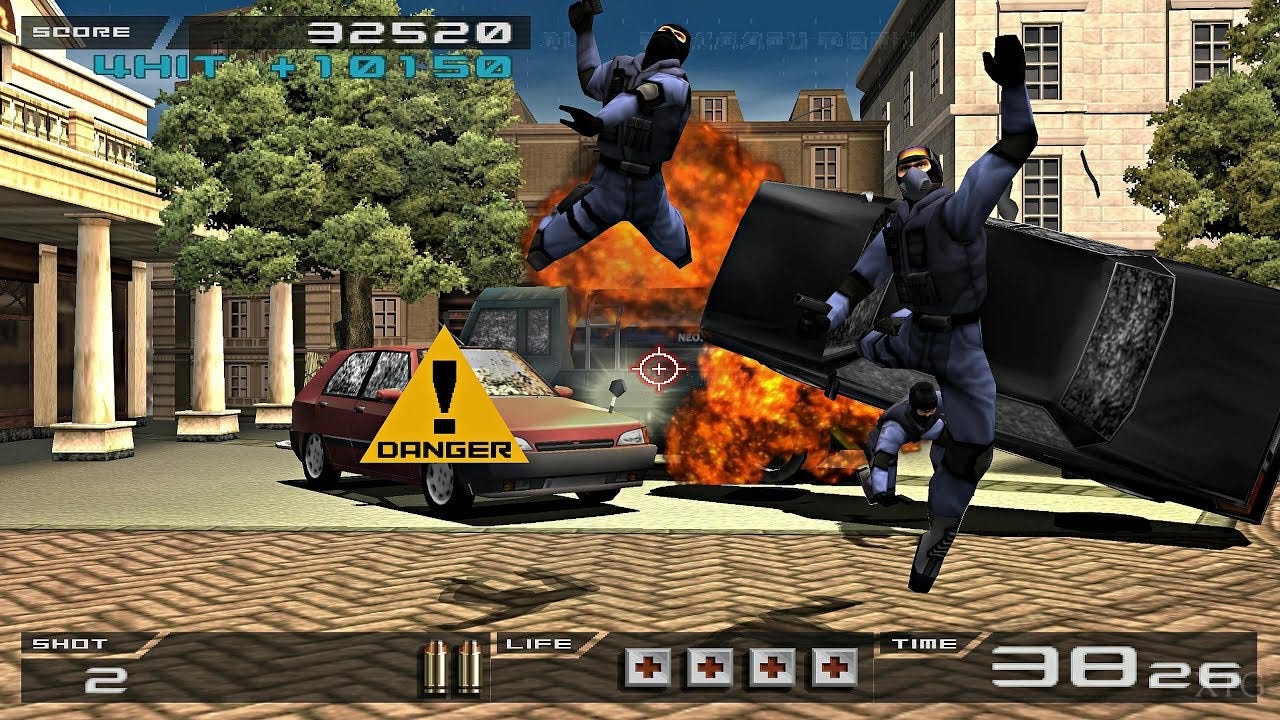The Psychology of "Pay to Continue" in Arcade Rail Shooters: A Deep Dive into Token-Driven Engagement
The "pay to continue" mechanic was not merely a revenue tool but a core design philosophy
Historical Foundations: The Rise of Rail Shooters and Token Economics
Rail shooters emerged in the 1980s as a dominant arcade genre, defined by their fixed paths, high-speed action, and reliance on light-gun or joystick controls. Titles like Space Harrier (1985) and After Burner (1987) pioneered the "on-rails" format, immersing players in frenetic combat scenarios where reflexes and precision dictated survival. By the mid-1990s, franchises like Time Crisis (1995) and The House of the Dead (1996) refined the formula, integrating cover mechanics (Time Crisis’ pedal-driven duck-and-shoot) and branching narratives (House of the Dead’s multiple endings). These games were intentionally designed to be challenging, with enemy patterns and bullet-hell scenarios calibrated to push players toward the "Continue?" screen.
The "pay to continue" mechanic was not merely a revenue tool but a core design philosophy. Arcade operators recognized that difficulty spikes and limited lives (often 3 per quarter) created a cycle of frustration and reward. For example, Time Crisis cabinets generated $25–$40 per player completion, with casual players averaging 4–6 continues per session. This model thrived on immediacy: inserting a quarter offered instant progression, transforming failure into a monetizable moment.
Behavioral Psychology: Operant Conditioning and the Dopamine Loop
Variable Ratio Reinforcement
Rail shooters leveraged variable ratio reinforcement, a psychological principle where rewards are delivered after an unpredictable number of responses. In House of the Dead, players faced randomized enemy spawns and hidden paths, creating uncertainty about when the next "safe" checkpoint would arrive. This unpredictability triggered dopamine release, reinforcing the compulsion to continue. Studies show that variable schedules yield higher engagement than fixed ones, as seen in gambling mechanics-a parallel arcades exploited.
Loss Aversion and the Sunk Cost Fallacy
The "pain of paying" was mitigated by players’ escalating investment. Inserting quarters became a ritual to avoid losing progress, a phenomenon rooted in loss aversion. Players who reached Level 3 in Time Crisis were far likelier to spend additional quarters to preserve their run than to abandon it. Similarly, the sunk cost fallacy compelled players to "recoup" prior spends by chasing victory, even as costs mounted.
Mastery and Social Validation
Rail shooters tapped into the human need for competence and social validation. Leaderboards publicized high scores, while multiplayer modes (e.g., Time Crisis 2’s dual cabinets) fostered competition. Completing a game like House of the Dead 2 (average 4-hour completion time) became a badge of honor, with players demonstrating their skill to peers. This social pressure amplified the urge to continue, as quitting risked public "failure."
Economic Design: Calibrating Difficulty for Profit
Arcade operators and developers collaborated to balance challenge and monetization:
Controlled Difficulty Spikes: Games like Time Crisis staggered boss fights and enemy waves to create "cliffhanger" moments. Dying at a boss’s final phase incentivized immediate continues.
Dynamic Pacing: House of the Dead’s branching paths allowed skilled players to bypass harder routes, while novices faced punitive loops requiring more quarters.
Exploitation or Entertainment?
While critics argue that arcades preyed on cognitive biases, players often perceived continues as voluntary challenges. The transparency of physical tokens (vs. hidden microtransactions) created a tacit contract: risk quarters for progression. However, the "near-miss" effect in games like claw machines-where players felt "almost" successful-exploited hope to drive spends. Modern analogs like mobile lootboxes inherit this legacy, but arcades’ social context (peer pressure, public play) amplified spending urges uniquely.
Conclusion: The Legacy of Token-Driven Design
The "pay to continue" model thrived by harmonizing behavioral psychology, tight design, and environmental nudges. Rail shooters like Time Crisis and House of the Dead transformed quarters into tokens of persistence, rewarding skill while monetizing failure. Though arcades have waned, their principles endure in live-service games’ checkpoint systems and battle passes-proof that the dopamine loop of risk, reward, and redemption remains irresistible.
The arcade’s lesson is clear: challenge, when paired with fair transparency, transforms payment into participation. As one Time Crisis veteran noted, "It wasn’t about the money-it was about proving you could beat the system". In this light, the quarter was not a shakedown but a key to mastery, a dynamic modern gaming would do well to remember.




